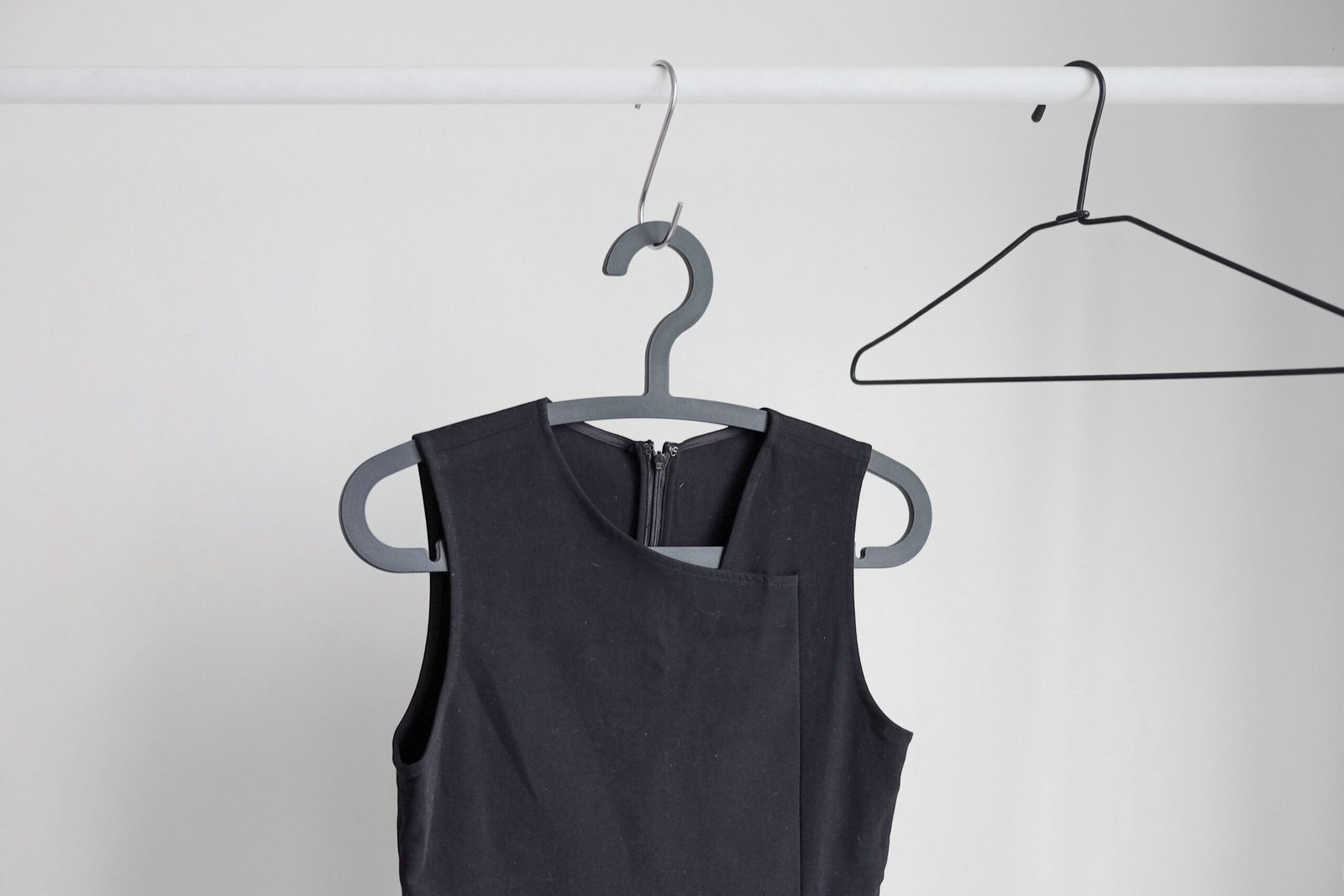Nightlife Dress Codes and Sexual Expression: Analyzing the Impact
When it comes to nightlife, dress codes have long been a topic of discussion. They are often seen as a way to maintain a certain atmosphere or level of sophistication in venues. However, dress codes also have the power to impact sexual expression and identity, influencing how individuals present themselves and how they are perceived by others. In this article, we will delve into the complex relationship between dress codes and sexual expression, exploring the effects they can have on attire, fashion, personal style, and ultimately, individual freedom.
The Influence of Dress Codes on Attire and Fashion
Dress codes in nightlife venues can shape the way people dress and present themselves. They often dictate specific clothing items or styles that are deemed acceptable or unacceptable. For example, a venue may require men to wear collared shirts and dress shoes, while women may be expected to wear dresses or skirts. These requirements can limit the range of options individuals have when it comes to expressing their personal style and can perpetuate traditional gender norms.
However, it is important to note that dress codes can also be seen as an opportunity for self-expression. Some individuals may embrace the challenge of adhering to a dress code while still showcasing their unique style. They may experiment with different accessories, hairstyles, or makeup to add their personal touch to the required attire. In this way, dress codes can serve as a platform for creativity and individuality.
The Impact on Personal Style and Identity
While dress codes can provide opportunities for self-expression, they can also limit the freedom to explore and express one’s personal style. Some individuals may feel pressured to conform to societal expectations or to fit into a certain image that aligns with the dress code. This can be particularly challenging for those who do not conform to traditional gender norms or who identify as part of the LGBTQ+ community.
For example, a dress code that enforces strict gendered attire may make it difficult for someone who identifies as non-binary to express their true self. Similarly, a dress code that promotes a hypersexualized image may perpetuate harmful stereotypes and objectify individuals. These limitations can have a negative impact on one’s self-esteem and overall sense of identity.
The Negative Impacts of Dress Codes
While dress codes can be seen as a way to maintain a certain ambiance or level of decorum, they can also have negative consequences. One of the main concerns is the potential for discrimination. Dress codes that disproportionately target certain groups, such as people of color or individuals from lower socioeconomic backgrounds, can perpetuate inequality and exclusion.
Additionally, strict dress codes that enforce conservative or gendered attire can contribute to a culture of body shaming and reinforce harmful beauty standards. This can create an environment where individuals feel judged or unwelcome based on their appearance, leading to feelings of self-consciousness and alienation.
Examples of Dress Codes and their Impact
Let’s consider a specific example to illustrate the impact of dress codes on sexual expression and identity. Imagine a nightclub that strictly enforces a dress code requiring women to wear revealing and provocative clothing. This dress code may create an environment where women feel pressured to conform to a hypersexualized image in order to gain entry to the venue. This can perpetuate the objectification of women and reinforce harmful stereotypes about female sexuality.
On the other hand, a venue that promotes a more inclusive and diverse dress code, allowing individuals to express their personal style without strict gendered requirements, can foster a sense of acceptance and empowerment. This type of dress code encourages individuals to embrace their unique identities and express themselves authentically, creating a more inclusive and welcoming environment for everyone.
In Conclusion
Dress codes in nightlife venues have the power to impact sexual expression and identity. While they can provide opportunities for self-expression and creativity, they can also limit individual freedom and perpetuate harmful stereotypes. It is crucial for venues to consider the potential negative impacts of their dress codes and strive for inclusivity and acceptance. By creating an environment that celebrates diversity and allows individuals to express themselves authentically, nightlife venues can foster a sense of empowerment and create a more inclusive and vibrant nightlife culture.

